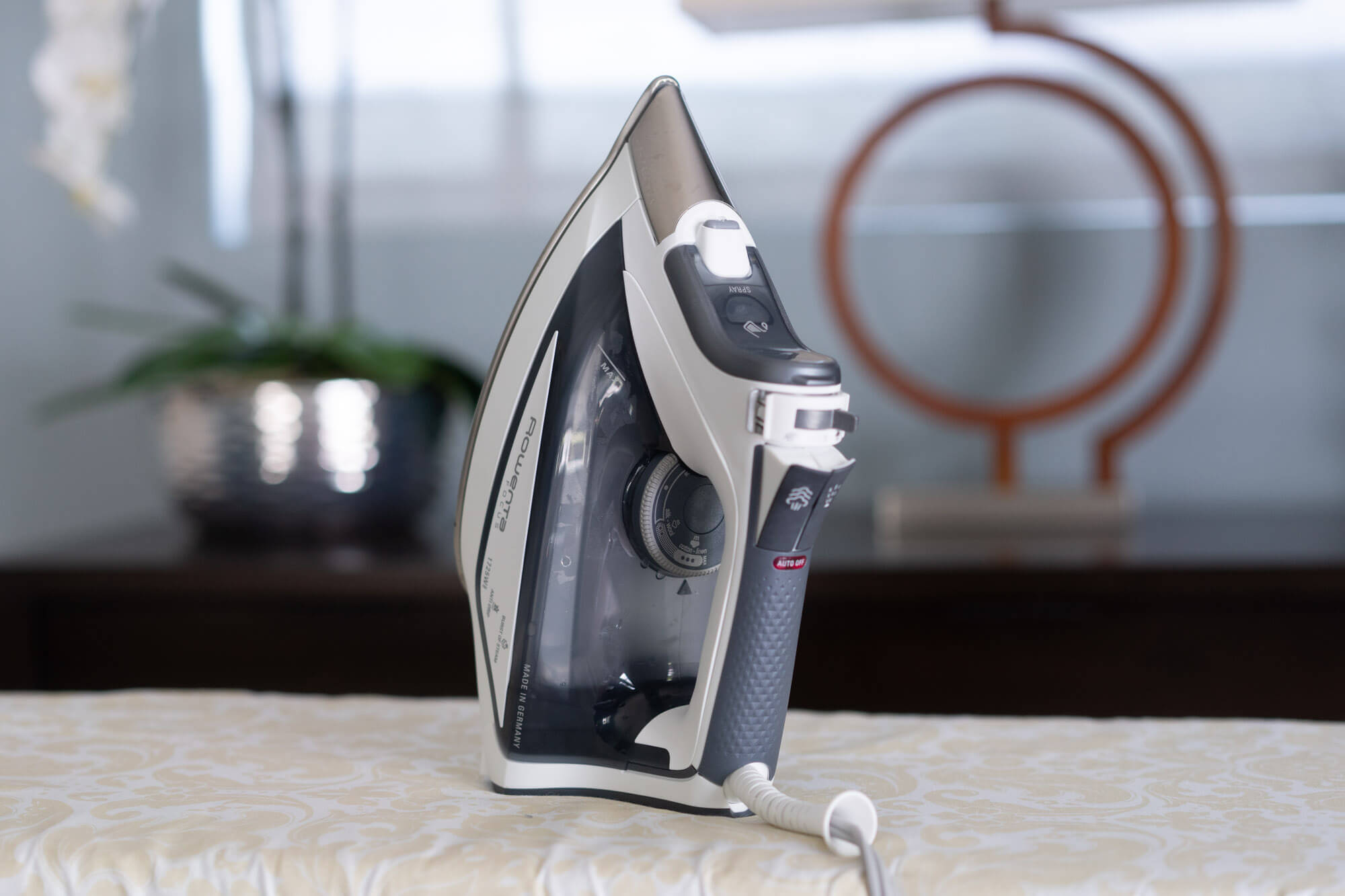

Articles
Why Is My Rowenta Steamer Not Working
Modified: January 6, 2024
Discover the potential reasons behind why your Rowenta steamer is not working and learn how to troubleshoot the issue with helpful articles.
(Many of the links in this article redirect to a specific reviewed product. Your purchase of these products through affiliate links helps to generate commission for Storables.com, at no extra cost. Learn more)
Introduction
Rowenta steamers are a popular choice for those who want to effortlessly remove wrinkles from their clothes and keep them looking fresh and presentable. These powerful and efficient devices offer a convenient and time-saving alternative to traditional ironing. However, like any electronic appliance, Rowenta steamers can sometimes experience issues that affect their performance.
If you’ve found yourself in a situation where your Rowenta steamer is not working as expected, don’t panic! There are several common issues that can arise with these steamers, and in many cases, they can be easily resolved. In this article, we will explore the most commonly encountered problems with Rowenta steamers and provide you with practical troubleshooting tips to help you get your steamer back to its optimal working condition.
Note: Before attempting any troubleshooting steps, it is important to always refer to the user manual that comes with your specific Rowenta steamer model for manufacturer-recommended instructions and safety guidelines.
Key Takeaways:
- Troubleshooting common issues with your Rowenta steamer can prolong its lifespan and save you from unnecessary frustrations. Regular maintenance and proper care ensure efficient and effective steam for wrinkle-free clothes.
- Contacting Rowenta customer support for personalized assistance can help resolve persistent steamer-related concerns. Their expertise and guidance can ensure your satisfaction and optimal performance of your steamer.
Read more: Why Is My Electrical Steamer Not Working
Common Issues with Rowenta Steamers
Rowenta steamers are known for their reliability, but like any electronic device, they may encounter issues during operation. Here are some of the most common problems that users face with Rowenta steamers:
- Lack of Power: One of the primary issues with Rowenta steamers is a lack of power. If your steamer is not turning on or is not producing steam, there may be an issue with the power supply or the internal wiring.
- Water Leakage: Another problem that users may encounter is water leakage. If you notice water dripping from the steamer, it could be due to a loose valve, a faulty water tank, or a damaged seal.
- No Steam Production: Sometimes, even if the steamer is powered on, it may fail to produce steam. This can be caused by a variety of reasons, such as a clogged steam nozzle, a blocked water tank, or a malfunctioning heating element.
- Clogged Steam Nozzle: Over time, mineral deposits and fabric fibers can accumulate in the steam nozzle, leading to a reduced steam flow or blockage. This can affect the steamer’s performance and require regular cleaning to maintain optimal functionality.
- Faulty Heating Element: The heating element is responsible for converting water into steam. If the heating element is damaged or malfunctioning, the steamer may not be able to produce sufficient heat to generate steam.
- Broken or Damaged Parts: Physical damage can also impact the performance of the steamer. Components such as the power cord, steam hose, or handle may become worn out or broken over time, hindering the proper functioning of the steamer.
It’s important to remember that while these issues may be frustrating, they are not uncommon. In the following sections, we will discuss troubleshooting tips to help you address these problems and get your Rowenta steamer working again.
Lack of Power
One of the common issues that Rowenta steamers may encounter is a lack of power. If your steamer is not turning on or showing no signs of functioning, here are a few steps you can take to troubleshoot the problem:
- Check the Power Source: Ensure that the steamer is properly plugged into a working power outlet. Sometimes, the issue may simply be a loose connection or a tripped circuit breaker.
- Inspect the Power Cord: Examine the power cord for any visible signs of damage or fraying. If you notice any issues, it is important to stop using the steamer immediately and replace the power cord to prevent any safety hazards.
- Reset the Steamer: Some Rowenta steamers have a reset button or switch. Locate this button and try pressing it to reset the steamer. This can often resolve minor electrical glitches and restore power to the device.
- Check for Overheating: If the steamer has been in use for an extended period, it may have automatically shut off due to overheating. Allow the steamer to cool down for a while before attempting to turn it on again.
- Consult the User Manual: If none of the above steps resolve the issue, refer to the user manual that came with your specific Rowenta steamer model. It may have specific instructions or troubleshooting tips to address power-related problems.
However, it is important to note that if you are unsure about performing any troubleshooting steps or if the issue persists, it is always recommended to contact Rowenta customer support or take your steamer to an authorized service center for further assistance. They will have the expertise to diagnose and repair any underlying electrical issues.
By following these steps, you can effectively troubleshoot a lack of power issue with your Rowenta steamer and potentially restore its functionality without the need for professional intervention.
Water Leakage
Water leakage is another common issue that users may encounter with their Rowenta steamers. If you notice water dripping from your steamer, it is important to address the problem promptly to prevent any damage or potential safety hazards. Here are some troubleshooting steps you can take to resolve water leakage:
- Inspect the Water Tank: Check the water tank for any cracks, leaks, or damage. If you find any, it is advisable to replace the water tank with a new one. Make sure that the tank is properly inserted and securely fastened to the steamer to prevent any water from escaping.
- Check the Valve: Water leakage can also occur due to a loose or faulty valve. Ensure that the valve is tightly closed and not allowing any water to escape. If the valve appears to be damaged or not functioning properly, it may need to be repaired or replaced.
- Inspect the Seal: The seal is a crucial component that ensures a watertight connection between the water tank and the steam nozzle. Over time, the seal may become worn out or damaged. Inspect the seal for any signs of wear and tear, and if necessary, replace it with a new one to prevent water leakage.
- Proper Water Filling: Make sure that you are filling the water tank within the recommended limits specified by the manufacturer. Overfilling the tank can lead to excessive water pressure and result in leakage. Similarly, underfilling may cause steam production issues and lead to inadequate steam output.
- Clean the Steam Nozzle: Sometimes, water leakage can be caused by a clogged steam nozzle. Mineral deposits or fabric fibers can accumulate in the nozzle, affecting its proper functioning. Regularly clean the steam nozzle using a descaling solution or vinegar to dissolve any buildup and ensure smooth steam flow.
If the troubleshooting steps mentioned above do not resolve the water leakage issue, it is recommended to reach out to Rowenta customer support or take your steamer to an authorized service center for further assistance. They will be able to provide professional guidance and repair any underlying issues that may be causing the leakage.
By following these troubleshooting tips, you can effectively address water leakage in your Rowenta steamer and enjoy a seamless steaming experience without any unwanted water drips or spills.
No Steam Production
One frustrating issue that users may encounter with their Rowenta steamers is the lack of steam production. If your steamer is powered on but fails to generate steam, there are several potential causes and troubleshooting steps to consider:
- Check the Water Tank: Ensure that the water tank is filled with an adequate amount of water. If the water level is too low, the steamer may not be able to produce steam. Refill the tank as necessary, following the manufacturer’s guidelines for maximum and minimum water levels.
- Inspect the Heating Element: The heating element is responsible for converting the water into steam. If the heating element is faulty or damaged, it may not be able to generate sufficient heat to produce steam. Check for any visible signs of damage or malfunction, such as discoloration or burnt marks. If you suspect an issue with the heating element, contact Rowenta customer support or an authorized service center for assistance.
- Ensure Proper Assembly: Make sure that all components of the steamer are properly assembled and securely connected. Check that the steam nozzle, water tank, and other parts are correctly positioned and fastened. Improper assembly can result in a blocked steam flow and hinder steam production.
- Clean the Steam Nozzle: A clogged steam nozzle can restrict or block the steam flow, resulting in no steam production. If you notice reduced or no steam output, it is advisable to clean the steam nozzle. Use a descaling solution or vinegar to dissolve any mineral deposits or fabric fibers that may be causing the blockage.
- Reset the Steamer: Some Rowenta steamers have a reset button or switch. Try pressing the reset button to reset the steamer and clear any minor glitches that may be affecting steam production.
If the troubleshooting steps mentioned above do not resolve the issue and your Rowenta steamer still fails to produce steam, it is recommended to contact Rowenta customer support or take your steamer to an authorized service center for further evaluation and repair. They will have the expertise and knowledge to diagnose and fix any underlying problems that may be causing the lack of steam production.
By following these troubleshooting tips, you can effectively address the issue of no steam production in your Rowenta steamer and restore its ability to generate powerful and continuous steam for your clothing and fabric steaming needs.
Read more: How To Clean A Rowenta Steamer
Clogged Steam Nozzle
A clogged steam nozzle is a common issue that can affect the performance of your Rowenta steamer. Over time, mineral deposits and fabric fibers can accumulate in the steam nozzle, leading to reduced steam flow or even a complete blockage. Here are some steps you can take to address a clogged steam nozzle:
- Unplug and Allow the Steamer to Cool: Before attempting any cleaning, ensure that the steamer is unplugged from the power source and has completely cooled down to prevent any accidents or burns.
- Prepare a Cleaning Solution: Create a cleaning solution by mixing equal parts of white vinegar and water. This solution effectively dissolves mineral deposits and helps remove any clogs in the steam nozzle.
- Detach the Steam Nozzle: Depending on your model, the steam nozzle may be detachable. Consult the user manual to find the specific instructions for removing the nozzle. If the nozzle is non-removable, proceed to the next step.
- Soak in the Cleaning Solution: Place the steam nozzle in a container filled with the prepared cleaning solution. Allow it to soak for at least 30 minutes to help dissolve the mineral deposits and loosen any clogs.
- Gently Scrub the Nozzle: After soaking, take a soft-bristled brush, such as a toothbrush, and gently scrub the steam nozzle to remove any remaining debris. Be careful not to use excessive force or scrub too aggressively, as this can damage the nozzle.
- Rinse the Nozzle: Thoroughly rinse the steam nozzle with clean water to remove any traces of the cleaning solution and loosened deposits.
- Reattach the Nozzle: If you had detached the steam nozzle, reattach it securely to the steamer. Ensure that it is properly aligned and tightened to prevent any steam leakage.
- Run a Test steaming cycle: Fill the water tank with clean water and power on the steamer. Allow it to heat up and run a test cycle to check if the steam nozzle is now clear of any clogs and producing a steady flow of steam.
If the clog persists or you are unable to remove the nozzle for cleaning, it is recommended to contact Rowenta customer support or an authorized service center for further assistance. They can provide guidance on more advanced cleaning techniques or arrange for professional cleaning if needed.
By following these steps, you can effectively address a clogged steam nozzle in your Rowenta steamer and restore its optimal performance for wrinkle-free and fresh-looking clothes.
Faulty Heating Element
The heating element plays a crucial role in a Rowenta steamer as it is responsible for converting water into steam. If your steamer is not producing steam or the steam is not reaching the desired temperature, it could be due to a faulty heating element. Here are some steps you can take to troubleshoot and address a faulty heating element:
- Check the Power Supply: Ensure that the steamer is properly connected to a working power outlet. Check for any loose connections or tripped circuit breakers that may be affecting the power supply to the heating element.
- Inspect for Visible Damage: Examine the heating element for any visible signs of damage or malfunctions, such as discoloration, burnt marks, or broken wires. If you notice any issues, it is recommended to contact Rowenta customer support or an authorized service center for further assistance.
- Verify the Thermostat: The thermostat regulates the temperature of the heating element. If the thermostat is faulty, it may lead to improper heating or failure to reach the desired temperature. Consult the user manual for instructions on how to check and adjust the thermostat settings or, if necessary, contact customer support for guidance.
- Perform a Heating Element Test: If you have experience working with electrical elements, you can perform a continuity test to check if the heating element is functioning properly. This test requires a multimeter and careful following of the user manual or professional guidance to ensure safety and accuracy.
- Contact Customer Support or Service Center: If you are unable to resolve the issue or if you are not comfortable performing the above steps, it is advisable to contact Rowenta customer support or take your steamer to an authorized service center. They have specialized knowledge and expertise to diagnose any problems with the heating element and provide the necessary repairs or replacements.
It’s important to note that attempting any repairs on your own may void the warranty of the steamer. Therefore, if your Rowenta steamer is still covered by warranty, it is recommended to reach out to customer support or an authorized service center to avoid any potential warranty issues.
By following these troubleshooting steps, you can address a faulty heating element in your Rowenta steamer and ensure that it is working properly to generate the necessary steam for effectively removing wrinkles from your clothing.
Broken or Damaged Parts
Over time, wear and tear or accidental mishaps can result in broken or damaged parts in your Rowenta steamer. When certain components of the steamer are compromised, it can affect the overall functionality and performance. Here are some steps to address broken or damaged parts:
- Identify the Broken or Damaged Part: Carefully examine your Rowenta steamer to identify any visibly broken or damaged parts. This could include the power cord, steam hose, handle, or other external or internal components.
- Refer to the User Manual: Consult the user manual that came with your steamer to understand the specific parts and their functions. It may provide detailed instructions on how to replace or repair specific components.
- Order Replacement Parts: If your steamer’s warranty is expired or the damaged parts are not covered, you may need to order replacement parts. Contact Rowenta customer support or visit their official website to identify authorized sources for purchasing genuine replacement parts.
- Follow Disassembly and Installation Instructions: Once you have the replacement parts, carefully follow the disassembly and installation instructions provided in the user manual or any accompanying documentation. Take your time to ensure proper alignment and secure attachment of each component.
- Take Precautions: During the repair or replacement process, follow safety precautions such as wearing protective gloves or unplugging the steamer from the power outlet. This will minimize the risk of accidents or injuries.
- Professional Assistance: If you are uncomfortable with performing repairs yourself or if the damage is extensive, it is best to seek professional assistance. Contact Rowenta customer support or take your steamer to an authorized service center, where trained technicians can diagnose the issue and carry out the necessary repairs.
Remember, attempting to repair or replace parts on your own may void the warranty of your steamer. Therefore, if your Rowenta steamer is still covered by warranty, it is advisable to contact customer support or an authorized service center for assistance.
By following these steps and taking proper precautions, you can address broken or damaged parts in your Rowenta steamer and restore its functionality. This will ensure that you can continue to enjoy wrinkle-free clothing with a fully operational steam device.
Check if the water tank is filled and the power cord is properly connected. Also, make sure the steamer is not clogged and the heating element is functioning. If the issue persists, contact customer support.
Troubleshooting Tips
If you are experiencing issues with your Rowenta steamer, there are several troubleshooting tips you can try before seeking professional assistance. These tips can help you identify and resolve common problems, allowing you to get your steamer back to its optimal working condition. Here are some general troubleshooting tips to consider:
- Clean the Steam Nozzle: A clogged steam nozzle is a common cause of steamers not producing steam or experiencing reduced steam output. Regularly clean the steam nozzle using a descaling solution or vinegar to remove any mineral deposits or fabric fibers that may have accumulated.
- Reset the Steamer: Some Rowenta steamers have a reset button or switch. Try pressing the reset button to reset the steamer and clear any minor glitches that may be affecting its performance.
- Check the Water Tank: Ensure that the water tank is filled with clean water within the manufacturer’s recommended limits. Insufficient water or an overfilled tank can impact steam production.
- Inspect the Power Cord: Check the power cord for any visible signs of damage or fraying. If you notice any issues, it is important to stop using the steamer immediately and replace the power cord to prevent any safety hazards.
- Ensure Proper Assembly: Check that all components of the steamer, such as the steam nozzle, water tank, and handle, are properly assembled and securely connected. Improper assembly can affect the steamer’s functionality.
- Check for Overheating: If the steamer has been in use for an extended period, it may have automatically shut off due to overheating. Allow the steamer to cool down before using it again.
- Refer to the User Manual: Always refer to the user manual that comes with your specific Rowenta steamer model for manufacturer-recommended instructions and safety guidelines. The manual may also provide specific troubleshooting tips for your steamer.
- Contact Customer Support: If you have followed the troubleshooting tips and the issue persists, or if you are unsure about performing any troubleshooting steps, it is recommended to contact Rowenta customer support. They can provide further guidance and assistance tailored to your specific situation.
Remember, it’s important to prioritize safety when troubleshooting your Rowenta steamer. If you encounter any issues that you are uncomfortable addressing or if the problem persists, it is advisable to contact customer support or take your steamer to an authorized service center for professional assistance.
By following these troubleshooting tips, you can often identify and resolve common issues with your Rowenta steamer and enjoy its efficient and effective performance.
Read more: How To Use Rowenta Steamer
Clean the Steam Nozzle
Cleaning the steam nozzle of your Rowenta steamer is an essential maintenance task that helps to ensure optimal performance and longevity of the appliance. Over time, mineral deposits and fabric fibers can accumulate in the nozzle, leading to reduced steam flow or even blockage. Here are some steps to effectively clean the steam nozzle:
- Unplug the Steamer: Before cleaning the steam nozzle, ensure that the steamer is unplugged from the power source and has completely cooled down to prevent any accidents or burns.
- Create a Cleaning Solution: Prepare a cleaning solution by mixing equal parts of white vinegar and water. This solution effectively dissolves mineral deposits and helps remove any clogs in the steam nozzle.
- Detach the Steam Nozzle: Depending on your Rowenta steamer model, the steam nozzle may be detachable. Refer to the user manual to find specific instructions on how to remove the nozzle. If the nozzle is not removable, proceed to the next step.
- Soak the Nozzle in the Cleaning Solution: Place the steam nozzle in a container filled with the prepared cleaning solution. Allow it to soak for at least 30 minutes. This soaking process helps to dissolve mineral deposits and loosen any clogs within the nozzle.
- Gently Scrub the Nozzle: After soaking, take a soft-bristled brush, such as a toothbrush, and gently scrub the inside and outside of the steam nozzle. Pay special attention to the small holes and crevices to ensure the removal of any remaining debris. Avoid using excessive force or scrubbing too aggressively, as this can damage the nozzle.
- Rinse the Nozzle: Thoroughly rinse the steam nozzle with clean water to remove any traces of the cleaning solution and dislodged deposits. Ensure that all debris is completely removed from the nozzle.
- Dry and Reattach the Nozzle: After rinsing, dry the steam nozzle completely using a clean cloth or let it air dry. Once dry, reattach the nozzle securely to the steamer. Ensure that it is properly aligned and tightened to prevent any steam leakage.
- Run a Test Cycle: Fill the water tank with clean water and power on the steamer. Allow it to heat up and run a test steaming cycle to verify that the steam nozzle is now clear of any clogs and producing a steady flow of steam.
Regularly cleaning the steam nozzle of your Rowenta steamer is essential to maintain its efficiency and ensure optimal steam output. By following these steps and incorporating regular cleaning into your steamer maintenance routine, you can extend the lifespan of your appliance and enjoy continued wrinkle-removing performance.
Reset the Steamer
If you’re experiencing issues with your Rowenta steamer, one simple troubleshooting step you can try is to reset the steamer. A reset can help clear any minor glitches or electrical issues that may be affecting its performance. Here are the steps to reset your Rowenta steamer:
- Unplug the Steamer: Ensure that the steamer is unplugged from the power source to prevent any electrical mishaps during the reset process.
- Wait for a Few Minutes: Let the steamer sit unplugged for approximately 3 to 5 minutes. This allows any stored power to dissipate from the steamer’s electrical components.
- Press the Reset Button or Switch: Some Rowenta steamers have a reset button or switch, usually located on the control panel or near the power cord. Refer to the user manual to identify the exact location of the reset button. Press the button or flip the switch to initiate the reset process.
- Hold the Reset Button: If the reset button is a push-and-hold type, press and hold it for about 10 to 15 seconds. This extended pressing duration helps ensure a complete reset of the steamer’s internal circuitry.
- Release the Reset Button: After holding the reset button for the designated period, release it. The steamer is now reset and ready for use.
- Plug in the Steamer: Connect the steamer to a working power outlet and ensure a secure connection.
- Test the Steamer: Power on the steamer and test its functionality. Check if the previously encountered issues have been resolved and if the steamer is working as expected. Run a steaming cycle to check if the steam production and temperature are normal.
If the reset process doesn’t resolve the issue or if the problem persists, it’s recommended to refer to the user manual for specific troubleshooting instructions or to contact Rowenta customer support for further assistance. They can provide specialized guidance based on your steamer model and the issue you’re facing.
Resetting the steamer can often help resolve temporary glitches and restore it to its proper functioning. By following these steps, you can easily perform a reset on your Rowenta steamer and potentially troubleshoot common issues without the need for professional intervention.
Check the Water Tank
One important troubleshooting step to consider when your Rowenta steamer is not functioning properly is to check the water tank. The water tank plays a crucial role in providing the steam necessary for wrinkle removal. Here are the steps to properly check the water tank:
- Power Off and Unplug the Steamer: Before checking the water tank, ensure that the steamer is powered off and unplugged from the power source. This prevents any potential accidents or electrical hazards.
- Inspect the Water Level Indicator: Most Rowenta steamers have a water level indicator on the water tank. Check the indicator to ensure that the water level is within the recommended range. If the water level is too low, it may not be sufficient for steam production. If needed, fill the tank with clean water up to the indicated level.
- Check for Debris or Blockage: Inspect the opening of the water tank for any visible debris or blockage. If you notice any foreign particles, use a clean cloth or tissue to remove them carefully.
- Clean the Water Tank: Over time, mineral deposits can accumulate in the water tank, affecting the steamer’s performance. If you notice any signs of mineral buildup, fill the water tank with a solution of equal parts white vinegar and water. Allow the mixture to sit in the tank for a few hours, then rinse thoroughly with clean water.
- Check the Water Tank Seal: Inspect the seal between the water tank and the steamer. Ensure that the seal is intact and properly positioned. A damaged or misaligned seal can lead to water leakage or insufficient steam production.
- Ensure Proper Attachment: Reattach the water tank securely to the steamer. Ensure that it is properly aligned and locked in place to prevent any water leakage or steam loss during operation.
- Test the Steamer: Plug in the steamer and power it on. Allow it to heat up and run a steaming cycle to check if the water tank is now operating correctly. Verify that there is sufficient steam produced and that the steamer is performing as expected.
If the issue persists or you suspect a more severe problem with the water tank, it is recommended to consult the user manual for specific troubleshooting steps or contact Rowenta customer support for further assistance. They can provide guidance based on the model of your steamer and the issue you’re facing.
By following these steps to check the water tank of your Rowenta steamer, you can ensure proper water level, cleanliness, and attachment, which is essential for optimal steam production and effective wrinkle removal.
Inspect the Heating Element
The heating element is a critical component of your Rowenta steamer as it is responsible for converting water into steam. If you’re experiencing issues with steam production or temperature, it’s essential to inspect the heating element. Here are the steps to effectively inspect the heating element:
- Turn Off and Unplug the Steamer: Before inspecting the heating element, ensure that the steamer is turned off and unplugged from the power source. This is to prevent any electrical accidents or injuries during the inspection process.
- Let the Steamer Cool Down: Give your steamer enough time to cool down before proceeding with the inspection. This will prevent burns or injuries from accidental contact with the hot surface.
- Locate the Heating Element: Refer to the user manual or the manufacturer’s guide to identify the heating element’s location in your specific Rowenta steamer model. Typically, it is located near the water tank or inside the steamer’s main body.
- Visual Inspection: Carefully examine the heating element for any visible signs of damage or malfunction. Look for discoloration, burnt marks, or breakage in the wires or the surrounding area. Any indications of damage suggest a faulty heating element.
- Test the Heating Element Continuity: If you have access to a multimeter and feel confident working with electrical components, you can conduct a continuity test to assess the heating element’s functionality. Follow the manufacturer’s guidelines carefully and test the resistance across the heating element’s terminals. A reading of zero or low resistance indicates a functioning element, while infinite resistance suggests a faulty element that may require replacement.
- Consult the User Manual: If you’re unsure about inspecting or testing the heating element, consult the user manual for specific instructions and safety precautions. The manual will provide guidance on how to handle the heating element, conduct tests, or seek professional assistance.
- Contact Customer Support: If you suspect a problem with the heating element or if the visual inspection or continuity test indicates a fault, it is recommended to contact Rowenta customer support or an authorized service center. They can provide further guidance, troubleshooting, or arrange for a professional repair if necessary.
It’s important to exercise caution during the inspection process, especially when working with electrical components. If you’re uncertain or uncomfortable with the inspection or testing procedures, it is advisable to seek professional help from Rowenta customer support or an authorized service center.
By following these steps to inspect the heating element of your Rowenta steamer, you can identify and address potential issues that may be affecting steam production or temperature control.
Read more: How To Put Water In Rowenta Steamer
Contact Customer Support
If you’re experiencing persistent issues with your Rowenta steamer or if you’re unsure about performing troubleshooting steps, it’s advisable to contact Rowenta customer support. They have a team of experts who can provide personalized assistance to help resolve your steamer-related concerns. Here are the steps to contact customer support:
- Refer to the User Manual: The user manual that came with your Rowenta steamer will typically have contact information for customer support. Look for the customer support hotline, email address, or website where you can reach out to them for assistance.
- Check the Rowenta Website: Visit the official Rowenta website and navigate to the customer support section. Here, you can find relevant contact details, frequently asked questions (FAQs), live chat support, or an online form to submit your query.
- Prepare Necessary Information: Before contacting customer support, gather relevant information about your steamer, such as the model number, serial number (if applicable), and a detailed description of the issue you’re experiencing. This information will help the customer support representative better understand and address your concerns.
- Contact Customer Support: Reach out to Rowenta customer support via your preferred method, whether it’s by phone, email, live chat, or through the online form. Clearly explain the problem you’re facing, provide the requested details, and follow any instructions given by the representative.
- Follow Guidance and Recommendations: The customer support representative will provide guidance on potential solutions or troubleshooting steps based on the information you’ve provided. Follow their instructions carefully and ask any questions you may have for clarification.
- Record Reference Numbers: Keep a record of any reference numbers provided by customer support for future reference. This will help in case you need to follow up on your case or provide additional information.
- Follow-Up if Necessary: If the initial assistance or troubleshooting suggestions don’t fully resolve the issue, don’t hesitate to follow up with customer support. They may provide further guidance or arrange for a repair or replacement if required.
Remember to be patient and polite when interacting with customer support representatives. They are there to assist you and ensure your satisfaction with the product. By effectively communicating your concerns and following their guidance, you increase the chances of resolving any problems you’re experiencing with your Rowenta steamer.
Meeting with the assistance of customer support can help you address complex issues, obtain professional advice, and determine if you need to seek repairs from an authorized service center. Their expertise and knowledge of Rowenta steamers will ensure that your steamer operates at its optimum performance.
Conclusion
Rowenta steamers are convenient and efficient devices for removing wrinkles from your clothes and keeping them looking fresh and presentable. However, like any electronic appliance, they may encounter issues that affect their performance. In this article, we have explored some of the common problems that Rowenta steamers can experience and provided troubleshooting tips to help you address these issues.
Whether you’re dealing with a lack of power, water leakage, no steam production, a clogged steam nozzle, a faulty heating element, or broken/damaged parts, there are steps you can take to troubleshoot these problems. From checking the power supply and inspecting the water tank to cleaning the steam nozzle and inspecting the heating element, following the suggested troubleshooting tips can often resolve the issue and get your steamer working again.
It’s important to refer to the user manual for your specific Rowenta steamer model for manufacturer-recommended instructions and safety guidelines. Additionally, if you’re unsure about performing any troubleshooting steps or if the issue persists, it’s always recommended to contact Rowenta customer support or take your steamer to an authorized service center for professional assistance.
Regular maintenance, such as cleaning the steam nozzle and checking the water tank, can help prevent issues and keep your Rowenta steamer in optimal condition. By following proper care and maintenance practices, you can ensure that your steamer continues to provide efficient and effective steam to keep your clothes looking their best.
Remember, troubleshooting common issues with your Rowenta steamer can help prolong its lifespan and save you from unnecessary frustrations. Whether it’s ensuring power supply, checking for leaks, or maintaining clean components, a little effort in troubleshooting can go a long way in maintaining the performance and functionality of your Rowenta steamer.
Frequently Asked Questions about Why Is My Rowenta Steamer Not Working
Was this page helpful?
At Storables.com, we guarantee accurate and reliable information. Our content, validated by Expert Board Contributors, is crafted following stringent Editorial Policies. We're committed to providing you with well-researched, expert-backed insights for all your informational needs.
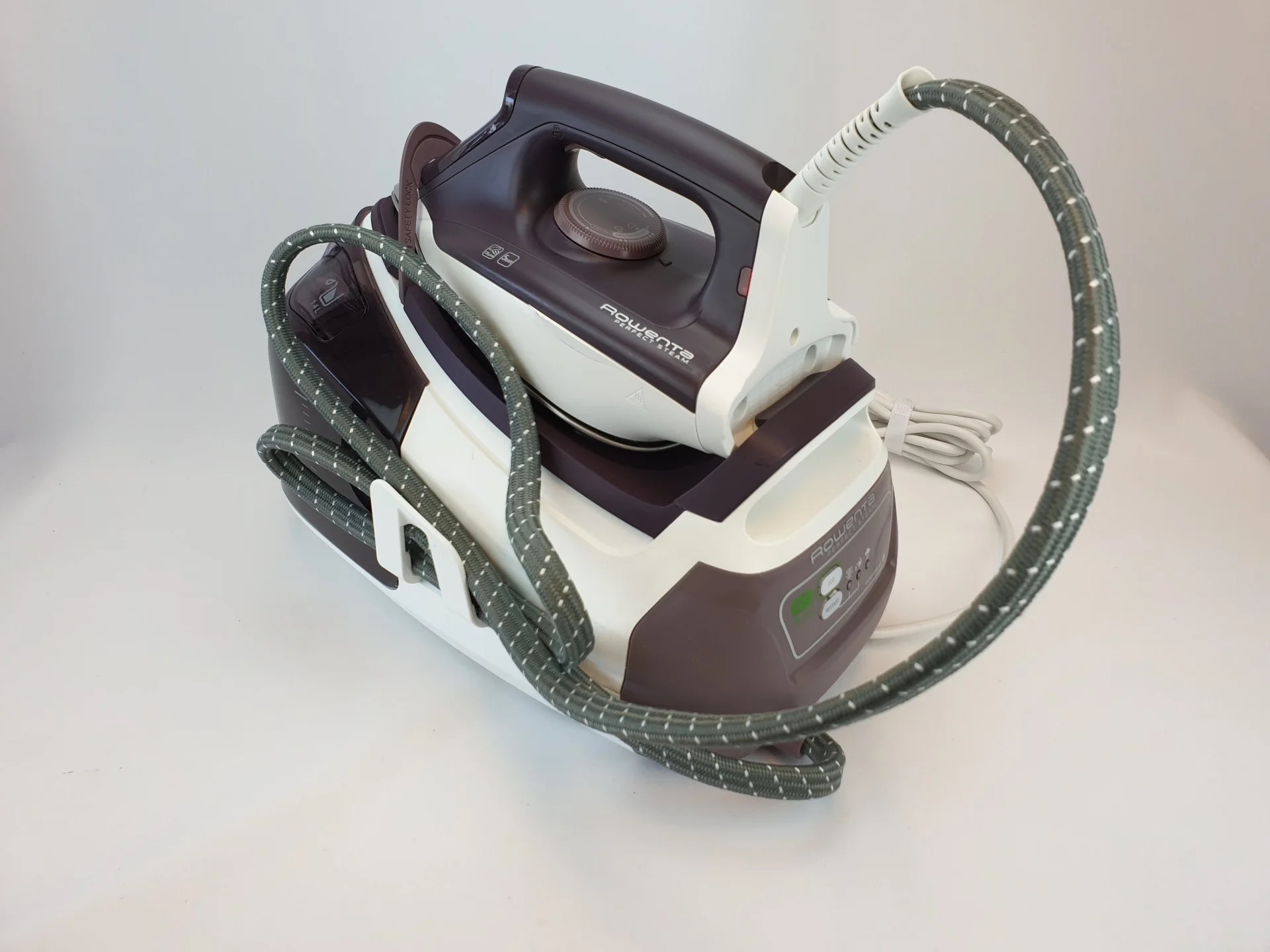
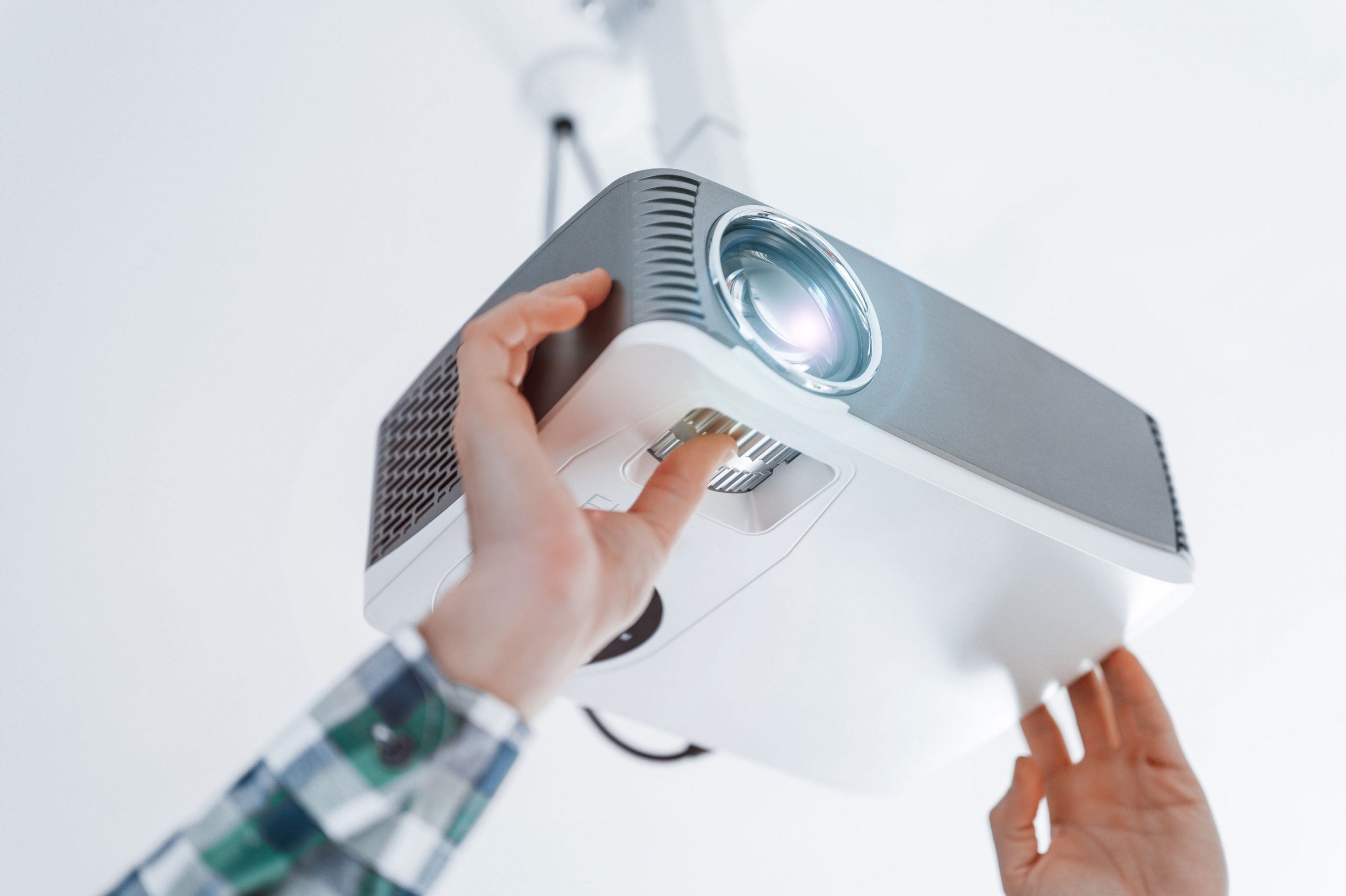
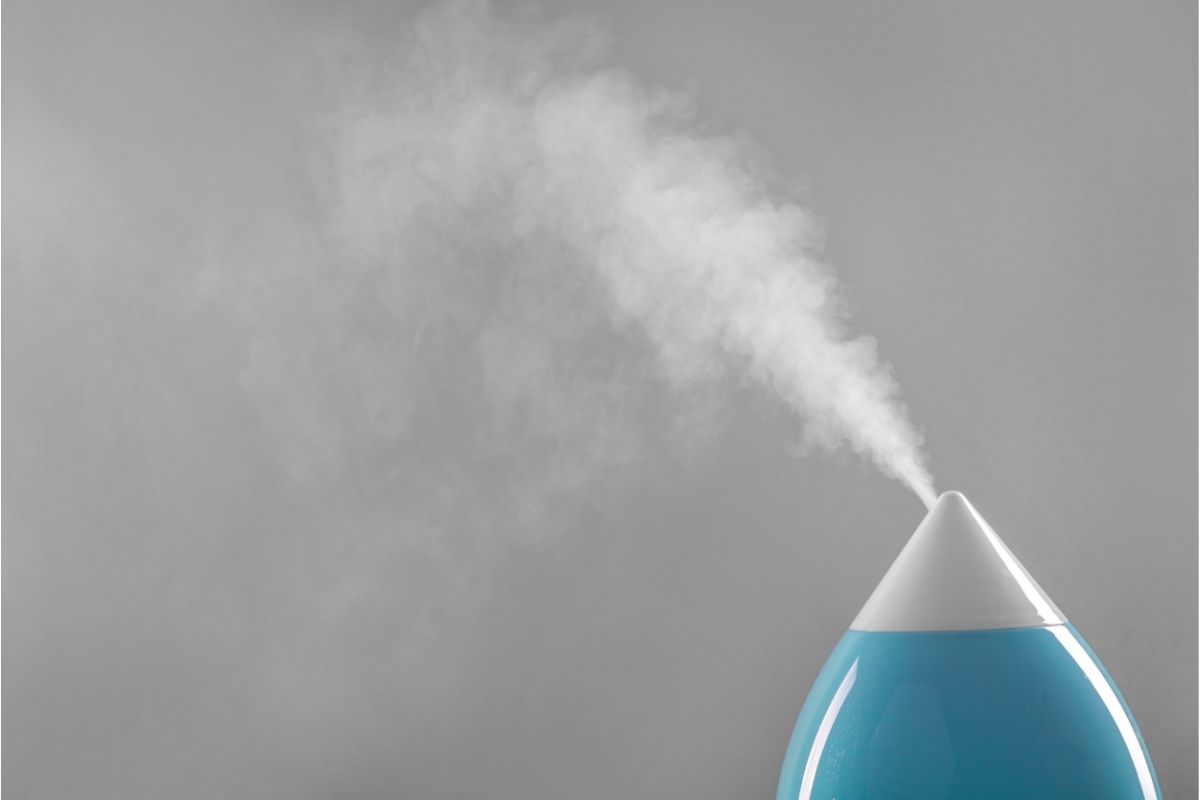
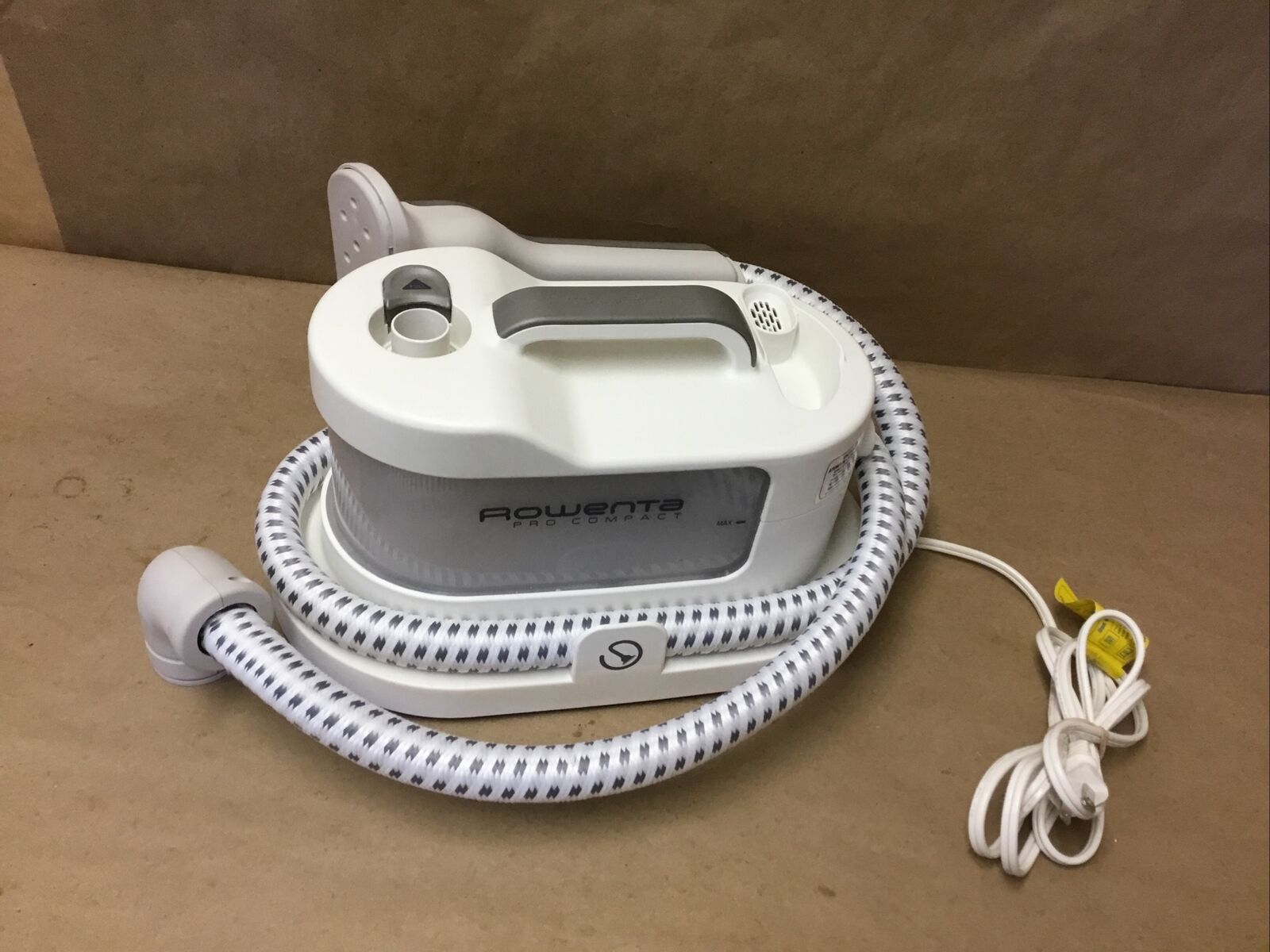
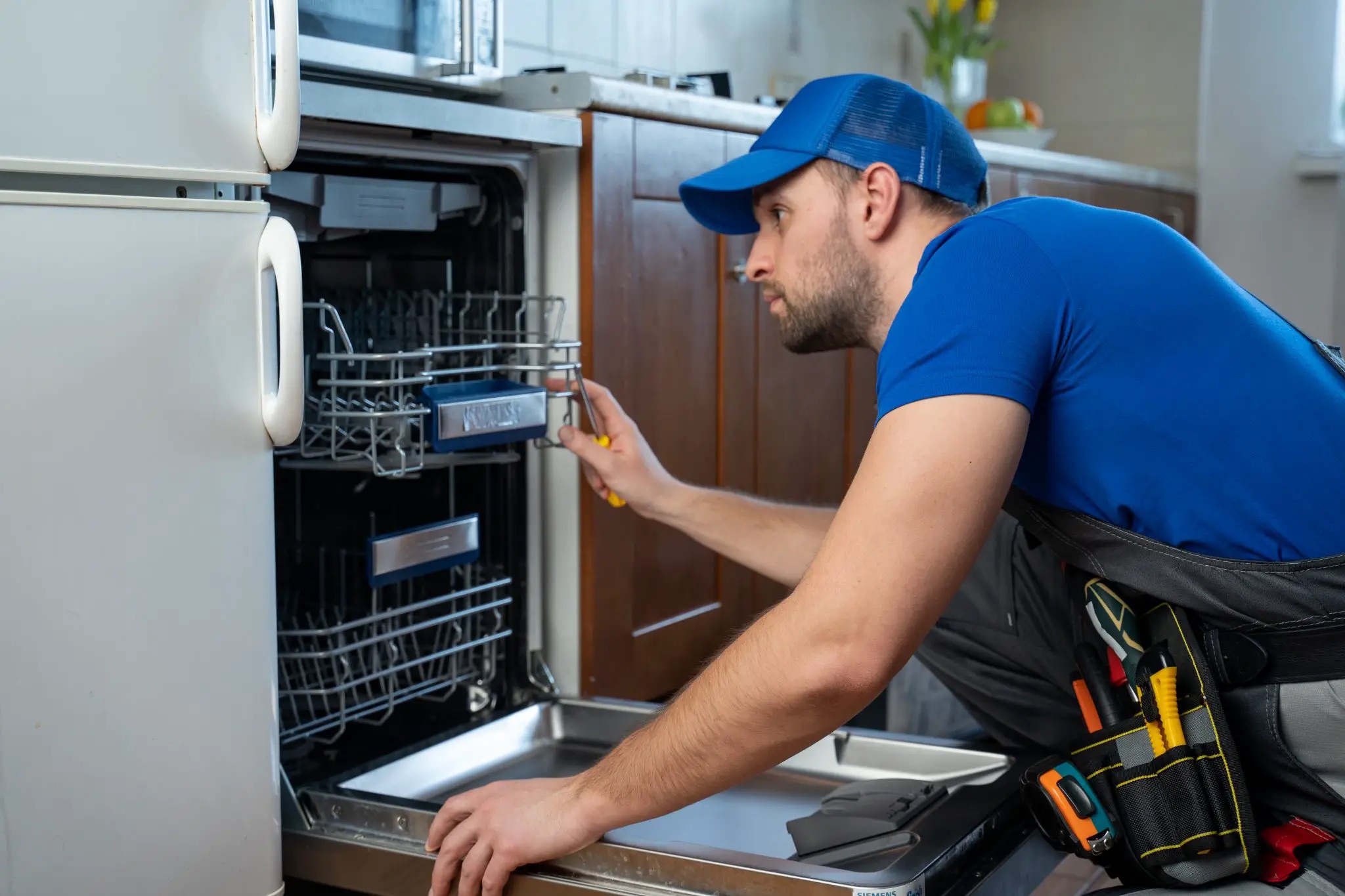
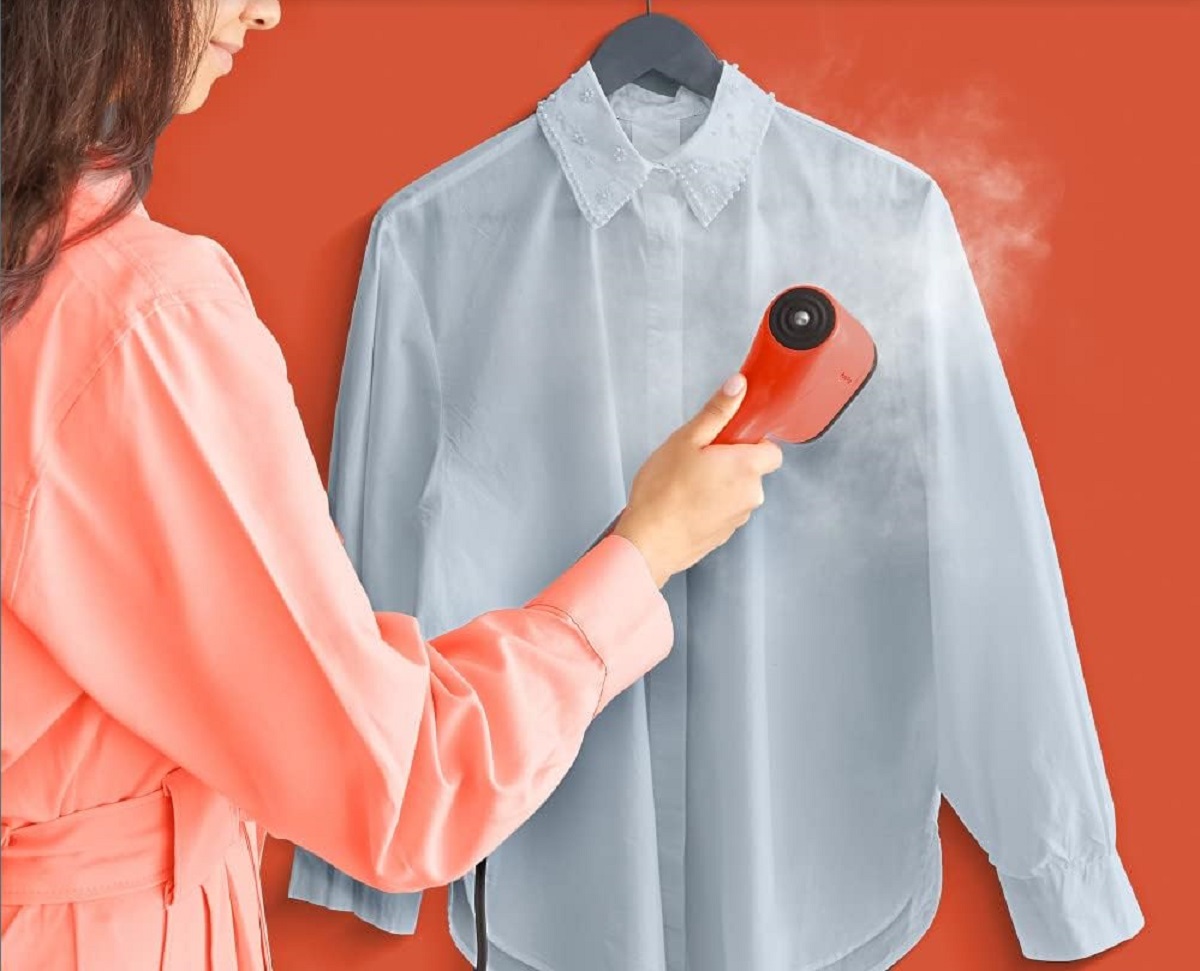
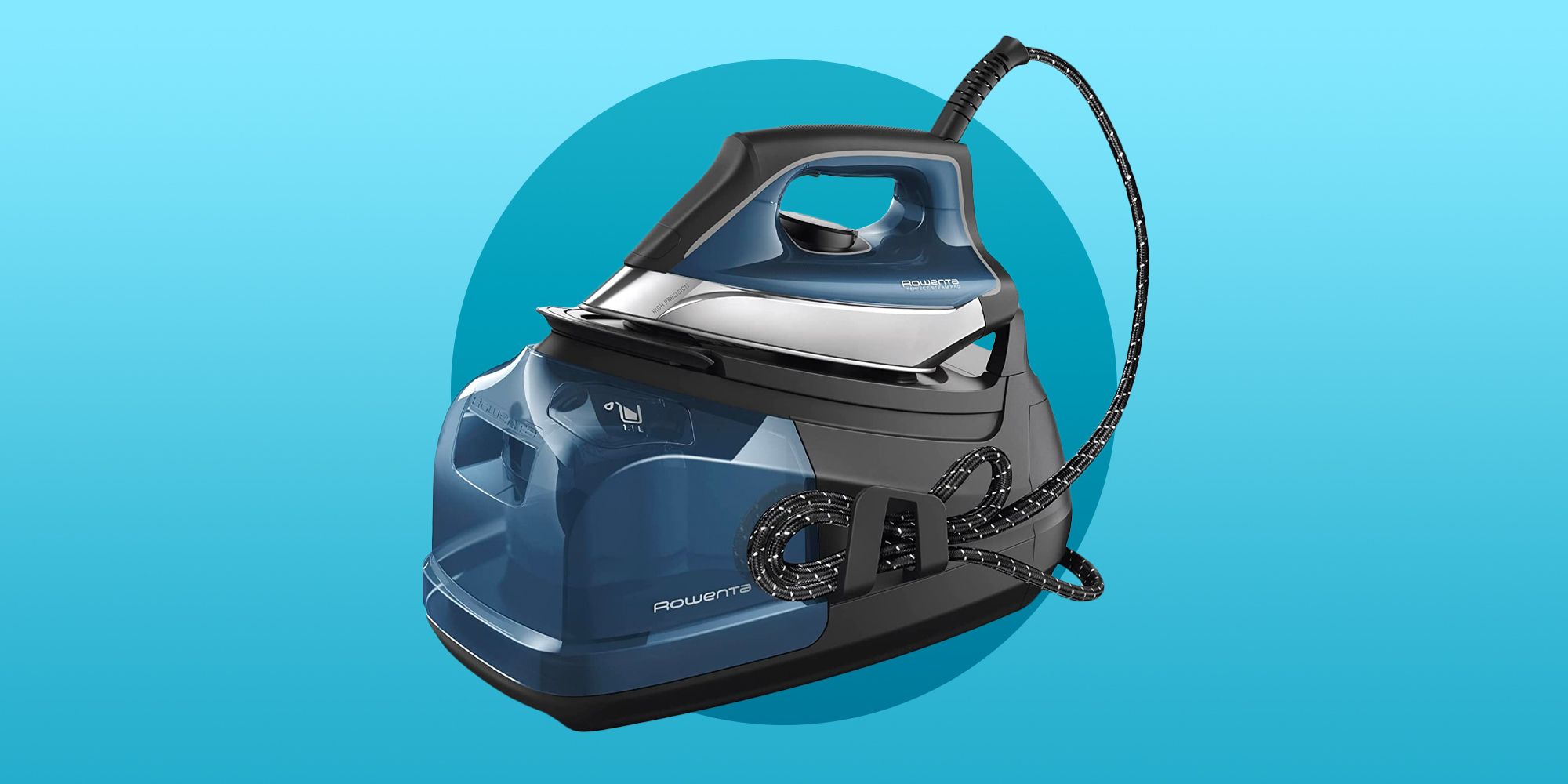
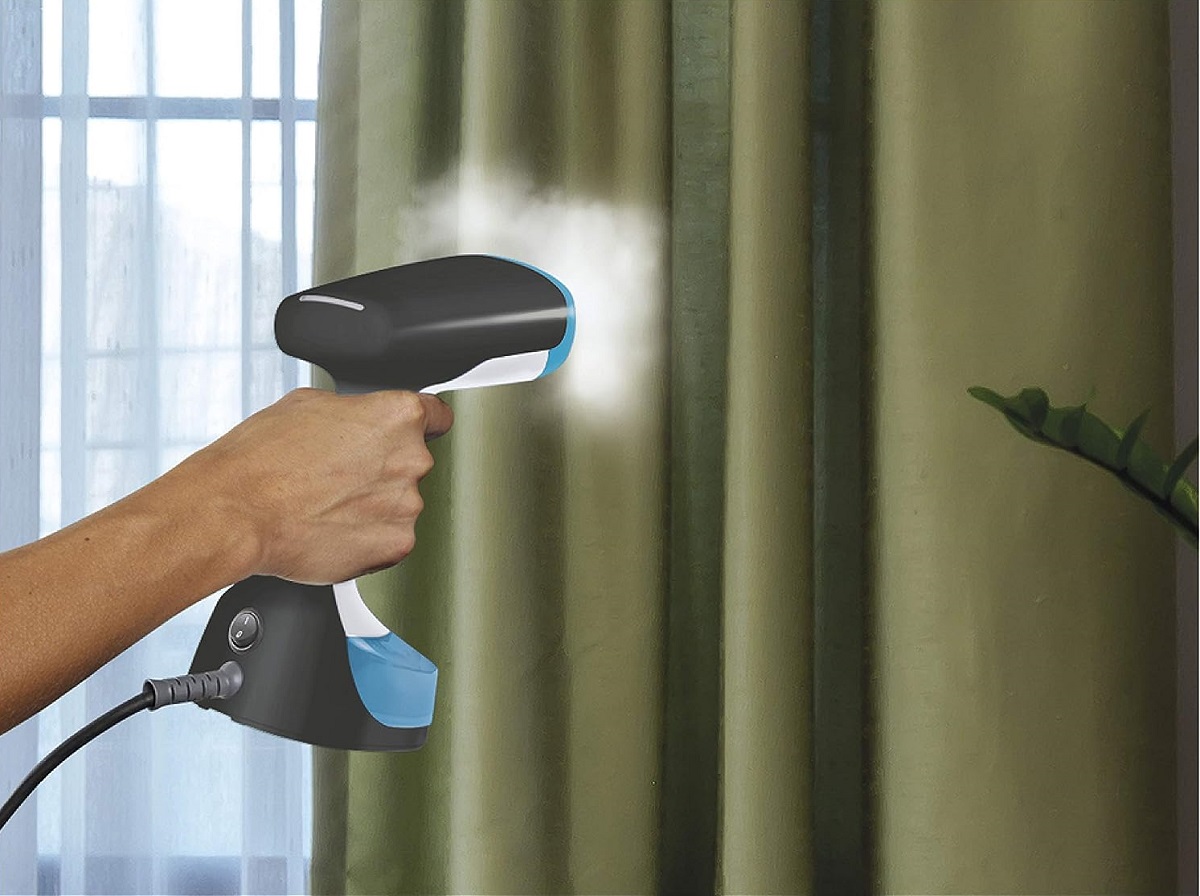
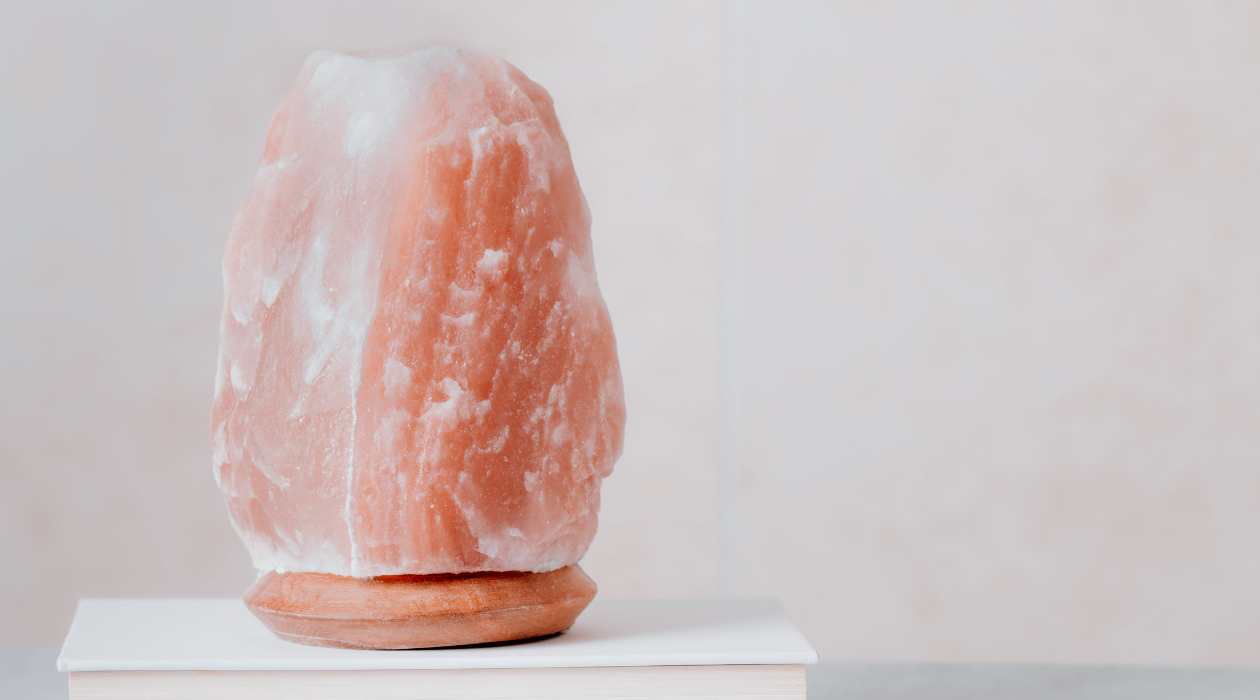
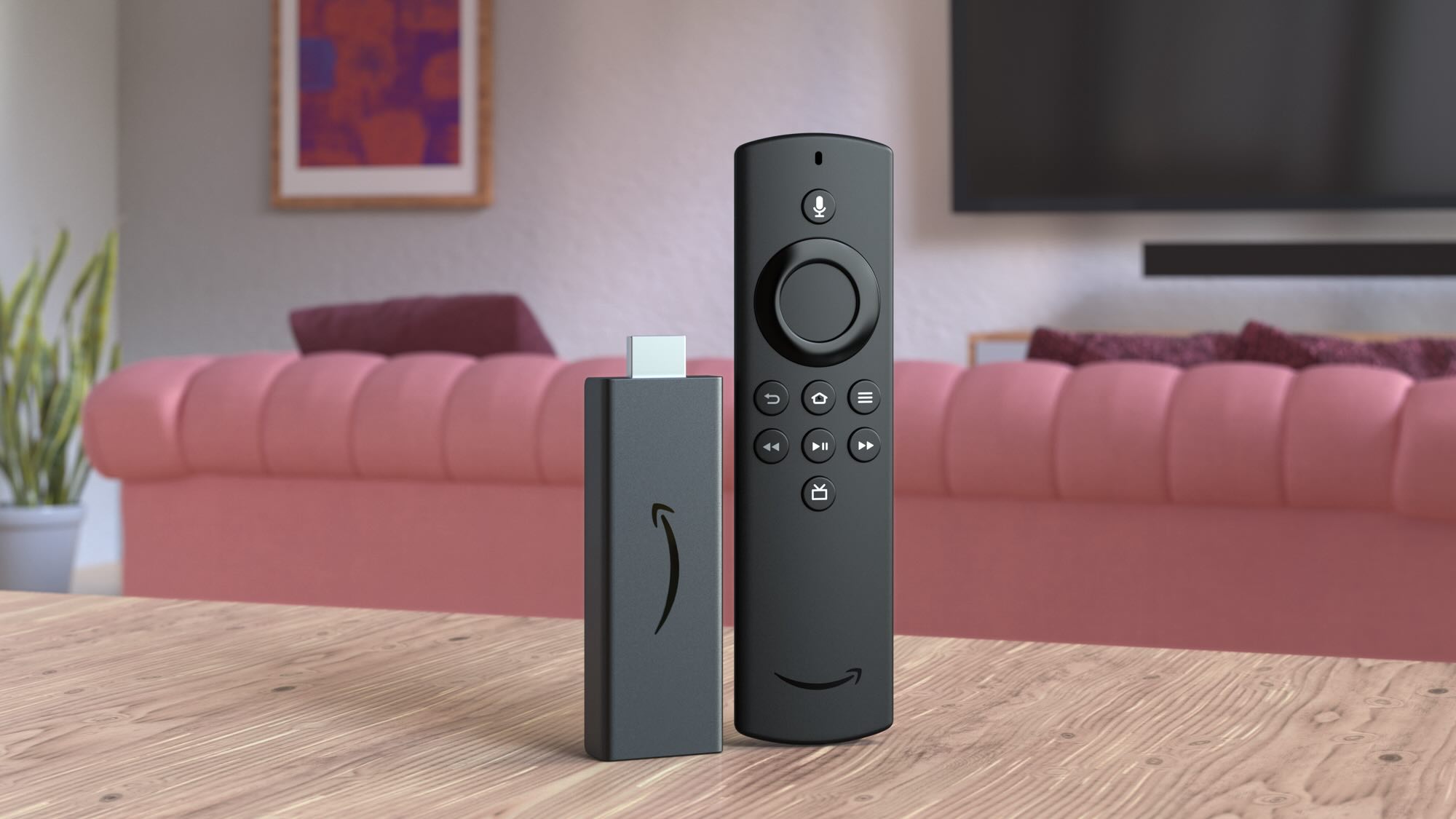
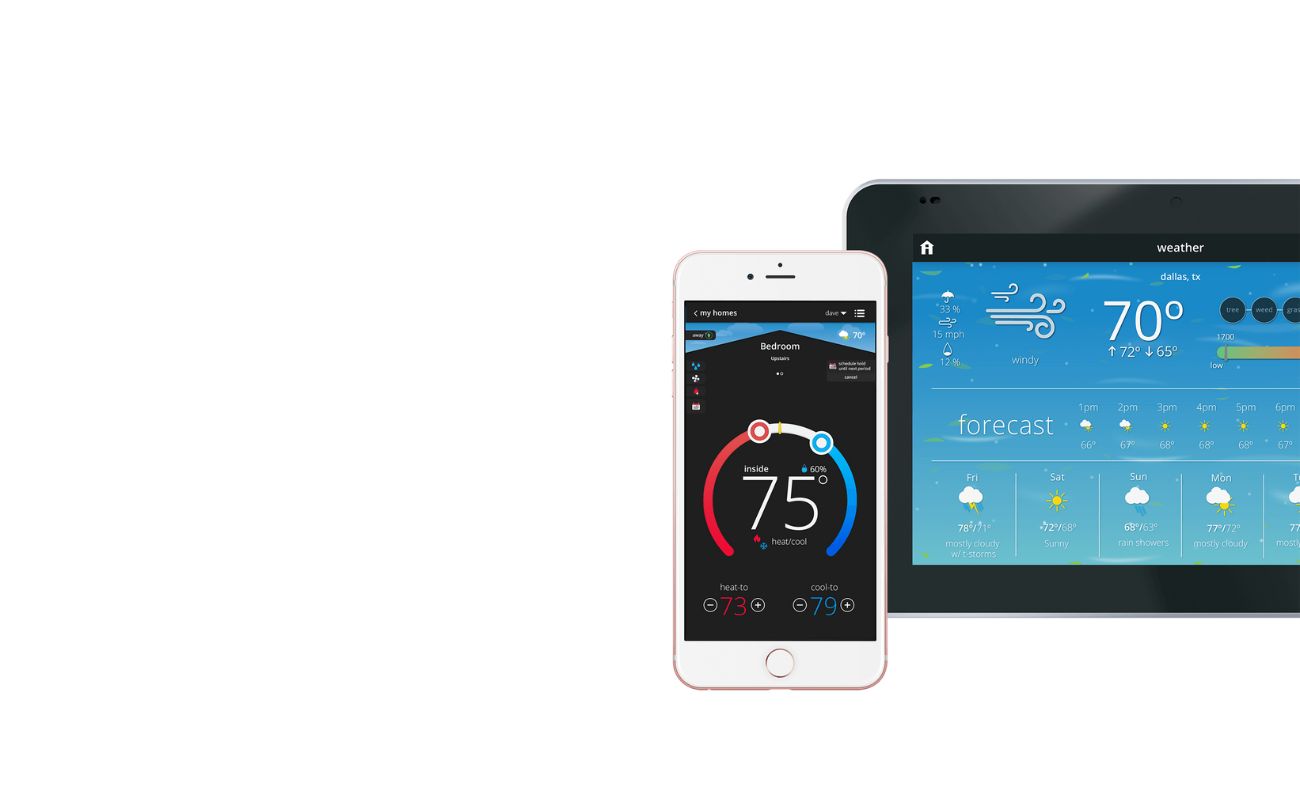


0 thoughts on “Why Is My Rowenta Steamer Not Working”